Documentation
Find configuration options, tutorials, sample code and developer guides
Loki Checkout offers you a refreshing checkout for both Hyvä Themes and Luma Themes. It is based upon AlpineJS on the frontend and custom Magento 2 code in the backend, offering a hierarchical component structure for fields, buttons, address forms, steps and more (like the progressbar and sidebar sections). It is feature-rich, extensible to the max, bloody fast and with guaranteed quality. This is for the real Magento professional.
Pick your documentation flavor
Featured user docs
- Getting started: If you are new to Loki Checkout and you want to know the concrete steps;
- Per-module documentation: Checkout non-developer documentation per module;
Featured dev docs
- Architecture: If you want to know how the Loki Checkout on a technical level;
- Basic customizations: If you want to jump in and make modifications;
- Integrations: Documentation and the current status of integrations;
- Loki Components: Everything about Loki Components;
- Troubleshooting: Troubleshooting tips;
- ADR (Architectural Decision Records): We try to document our choices;
In this section
Last modified: April 1, 2025
